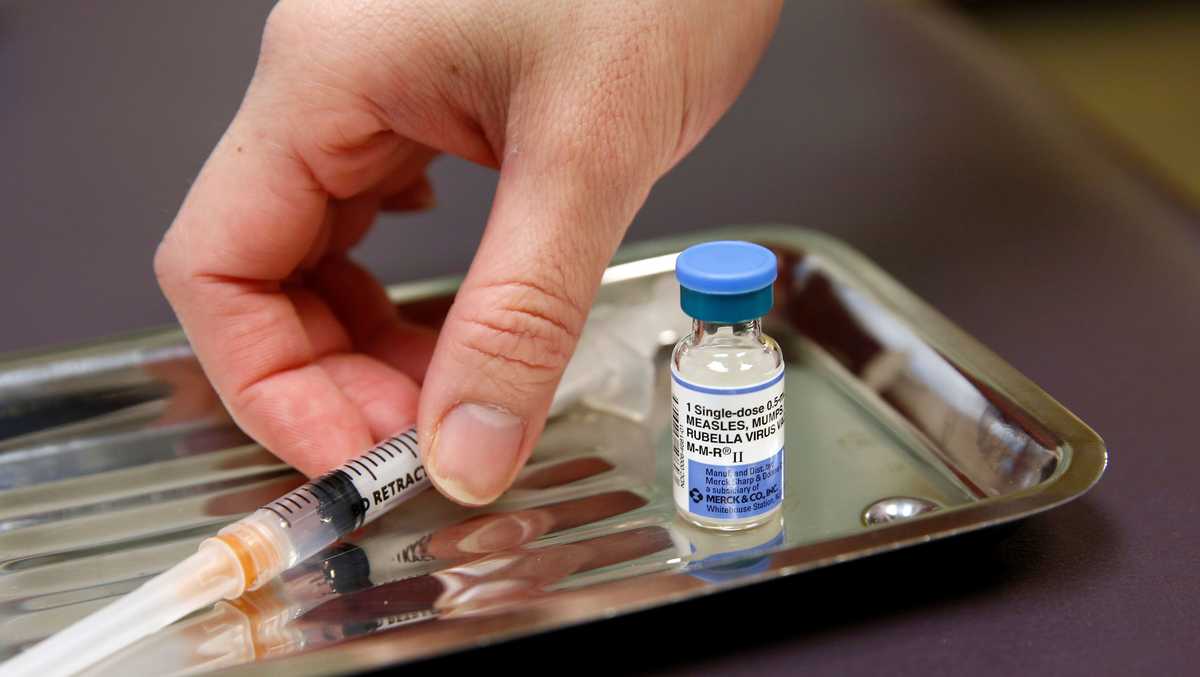The CDC’s New Vaccination Framework and Its Broader Implications
The Centers for Disease Control and Prevention (CDC) has introduced updated vaccination guidelines that reshape how Americans will access vaccines against COVID-19, measles, mumps, rubella, and chickenpox. These guidelines, now in effect, emphasize shared clinical decision-making—requiring individuals to consult with healthcare professionals before receiving certain vaccines. This shift marks a significant departure from previous years, when vaccines were widely available without prior medical consultation.
While this approach aims to strengthen patient engagement and informed consent, it may also complicate access to immunization. In 2025, over 70% of U.S. adults have reported confusion about vaccine eligibility, especially regarding COVID-19 boosters and childhood immunizations. The CDC maintains that the new policy will ensure patient-specific recommendations while continuing to guarantee coverage under federal and private insurance programs such as Medicaid, Medicare, and the Vaccines for Children Program. However, the added consultation requirement could slow vaccination rates during peak respiratory virus seasons.
The economic implications are also notable. Public health researchers estimate that delays in vaccination could cost the U.S. healthcare system more than $1.8 billion annually due to preventable hospitalizations and productivity losses. Pharmacies, including CVS Health, have stated they will continue offering walk-in COVID-19 shots without requiring formal consultations, though local implementation may vary.
Parental Concerns and the Elimination of the MMRV Combination Vaccine
Perhaps the most controversial aspect of the new guidelines is the CDC’s decision to remove the combined MMRV vaccine—which protects against measles, mumps, rubella, and varicella—from federal coverage for children under age four. This change means that families must now opt for separate MMR and varicella shots. While the CDC cites safety data linking the MMRV vaccine to a slightly higher risk of fever-related seizures in young children, many parents and pediatricians argue that the combination shot was both efficient and well-tolerated.
According to recent data, about 85% of U.S. children already receive separate vaccines. Yet, eliminating the MMRV option removes flexibility for families who prefer the convenience of fewer injections. Some experts fear that logistical barriers—such as vaccine shortages or scheduling challenges—could reduce overall immunization rates. If vaccination uptake declines by even 3%, health economists warn the U.S. could face additional treatment costs exceeding $400 million annually, alongside the risk of localized outbreaks.
In response to concerns, the CDC reaffirmed that both vaccination methods remain equally effective and safe when administered according to guidelines. The agency emphasized its commitment to ensuring consistent supply and equitable access across healthcare providers and pharmacies.
Public Trust and the Future of Vaccine Policy in the U.S.
The updated CDC guidelines arrive at a time when public confidence in vaccines remains fragile. Recent surveys show that nearly one in four American parents have delayed or skipped routine childhood vaccines due to confusion or misinformation. The agency’s call for “shared decision-making” has been praised by some as a step toward transparency, but criticized by others as an unnecessary obstacle to timely immunization.
Major medical associations, including the American Academy of Pediatrics and the Infectious Diseases Society of America, continue to endorse vaccination for all eligible individuals six months and older, citing decades of data proving safety and efficacy. However, the shift toward individualized consultations may widen disparities in vaccine access, particularly in rural areas with limited healthcare infrastructure.
Financially, the policy changes could reshape how vaccine manufacturers plan production. Market analysts forecast that pharmaceutical companies like Pfizer and Moderna will allocate between $350 million and $600 million to adjust manufacturing lines for single-dose vaccines if demand patterns shift significantly. The CDC, meanwhile, continues to stress that its decisions are data-driven and aligned with long-term strategies to enhance vaccine confidence.
As the 2025–2026 respiratory virus season approaches, the United States faces a critical test: balancing individual autonomy with collective health protection. Whether the CDC’s new vaccination framework succeeds in building trust—or inadvertently fuels further hesitation—will depend on how effectively healthcare systems communicate clarity, safety, and accessibility in the months ahead.







